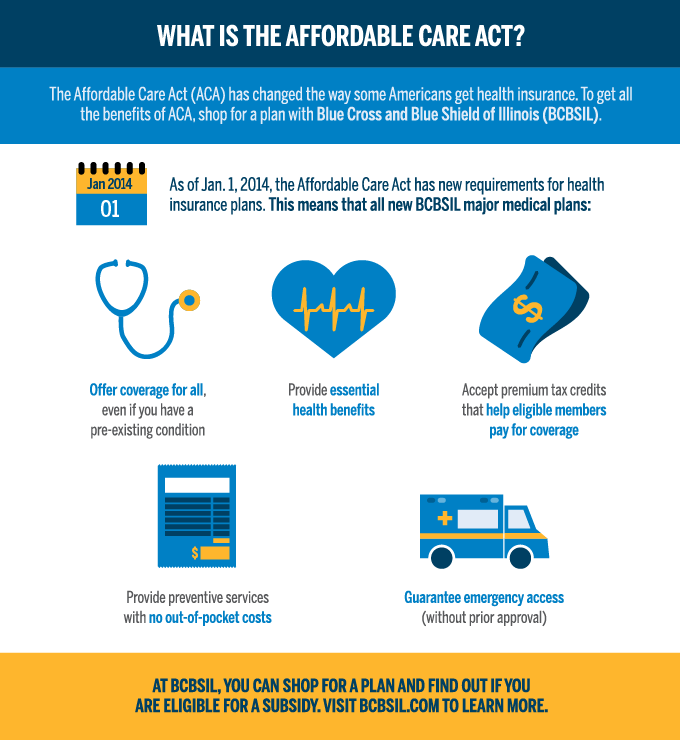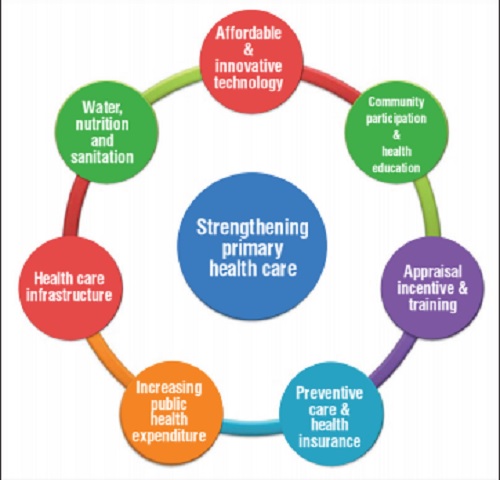Chronic diseases are often progressive (end up being even worse) and patients dealing with these kinds of conditions require innovative care as their illness progresses. For instance, clients with cardiac arrest or HIV/AIDS need disease-specific care to manage their various medications, treatments, appointments, diet plan, and conclusion of activities of day-to-day living (ADLs). Lots of people desire to be as independent as possible and are more comfy at home. Providing encouraging house healthcare services enables them to do this. Patients with ____ might benefit from house health care. Select all that apply. Terminal health problem Chronic health problems Cerebral palsy HIV/AIDS Abnormality Kidney failure Numerous sclerosis Stroke Swallowing difficulties Handicaps Cognitive specials needs Dementia Hearing disabilities Heart failure Persistent obstructive lung illness Injuries Asthma Arthritis Diabetes Hypertension Vision disabilities Cancer Show Response If you picked all of the answer options, you are proper.
Home healthcare workers and individual care assistants serve people of any ages, culture, ethnicity, gender, and type of special needs or health problem. In 1813, the Ladies Benevolent Society, (LBS), a group of ladies volunteers in Charleston, South Carolina, began the first efforts at supplying home care services (Buhler-Wilkerson, 2001). These untrained women were the first to offer direct care services within people's houses. The Rehab Center LBS checked out the sick bad in their houses, assisted them to obtain medications, food, and supplies such as soap, bedding, and blankets. They also assisted to supply them with nurses, although these nurses were untrained.
These females quickly realized that skilled nurses were needed to help the ill bad, as developing friendships alone might not help prevent or treat disease (Buhler-Wilkerson). They began to hire skilled nurses, who they called "going to nurses." This idea happened based on the "district nurse" design which was developed in England (Buhler-Wilkerson). The National Nursing Association for Providing Trained Nurses for the Sick Poor was created in England in 1875 (Buhler-Wilkerson, 2001). This organization trained, arranged, and developed standardized practices for district nurses who worked within people's homes. In addition to addressing the physical requirements of their patients, these checking out nurses worked to teach the sick bad about how disease is spread out and how to maintain a clean house in order to avoid the spread of infection.
By 1890, there were 21 home care checking out nursing associations (Buhler-Wilkerson). The need for nursing care within the home continued to grow. This need grew to not just taking care of the ill poor, but also to offer preventative services to children, children, moms, and to care for patients with infectious diseases such as tuberculosis. Although the death rate for transmittable illness had declined, there was a growing issue for prevention and great hygiene. By 1909, the Metropolitan Life Insurance coverage Company began to send https://writeablog.net/brettaqcgn/teaching-you-or-your-caretaker-to-look-after-a-wound-or-iv nurses into their policyholders' houses to supply nursing services (Buhler-Wilkerson). Their hope was that offering home nursing care would lower the quantity of death advantages declared.

Lillian Wald, a nurse, is credited for developing the Henry Street Settlement and with defining the term "public health nursing". The Mental Health Facility nurses who operated at the Henry Street Settlement went to the ill in their houses, and likewise supplied social services for people throughout the city. In addition to the Henry Street Settlement home, the organization grew to include numerous nursing homes throughout the city to meet the growing requirement for nurses within communities. These nurses likewise held classes for their neighbors to teach carpentry, sewing, cooking, English, and house nursing (Buhler-Wilkerson, 2001). They established kindergartens and different social clubs to fulfill the needs of their areas.
The Only Guide to What Is Population Health
In the late 1920s, a lot of the home care agencies closed due to the poor economy and the nursing lack during World War II (Buhler-Wilkerson, 2001). The facility of medical facilities resulted in a model where patients moved from getting care in the houses to into health centers. Regardless of experiments by The Health Insurance Strategy of Greater New York and Blue Cross to include home care services, protection for going to house care was not widely provided at that time (Buhler-Wilkerson) (What is behavioral health). By the late 1950s and early 1960s, nevertheless, it became clear that there was again a growing need for house care services.
The cost of hospitalizations began to be obvious, and the long-lasting results on prolonged institutionalizations began to be studied (Buhler-Wilkerson). In the U.S., it was not until 1965, when Medicare was established for people over 65 years of age, that home care services were once again covered by insurance coverage (Buhler-Wilkerson, 2001). Medicare is a federal health insurance coverage program. Medicare now likewise spends for patients with kidney failure and certain impairments. According to the U.S. Department of Health & Person Services, Centers for Medicare & Medicaid Solutions (2010 ), clients who receive house services through Medicare need to be under the care of a doctor who certifies the need for experienced nursing care, physical therapy, speech-language pathology services, or occupational therapy.
This indicates that it is either unsafe for the patients to leave their home or they have a condition that makes leaving the home challenging. Medicare provides "intermittent" house care, suggesting house care is not needed on a full-time basis. While Medicare will frequently pay the full cost of most covered house health services, they do not pay for 24 hr a daycare. Medicare may likewise cover up to 80% of special devices the client needs, such as a wheelchair or walker (U.S. Department of Health & Person Services, Centers for Medicare & Medicaid Providers). is a joint state and federal medical insurance program.

Department of Health & Human Being Services, Centers for Medicare & Medicaid Services, 2010). Medicaid supplies protection for low-income patients and families. Eligibility for this program depends upon earnings, number of individuals in a home, and other scenarios. It is very important to keep in mind that not everybody is eligible to get Medicare or Medicaid, and home care services may not be covered completely. Agencies who get reimbursement through Medicare or Medicaid should satisfy specific standards, including the requirement that HHAs get official training and pass certification examinations. Due to the growing need for home care services, and in an effort to decrease costs to insurance coverage programs such as Medicare, the need for home health assistants (HHAs) and personal care assistants (PCAs) continues to increase.
Unlicensed workers such as home health aides and personal care aides are essential members of the home healthcare team. Every member of the home health care team has a role to play. When all members work together, they can accomplish the objective of looking after the patient. This information is based upon the Occupational Outlook Handbook from the U.S. Department of Labor, Bureau of Labor Statistics (2014 ). The info within this area is based on typical expert requirements within the United States. For requirements concerning governing laws within specific nations or states, info should be acquired from those specific countries and states.